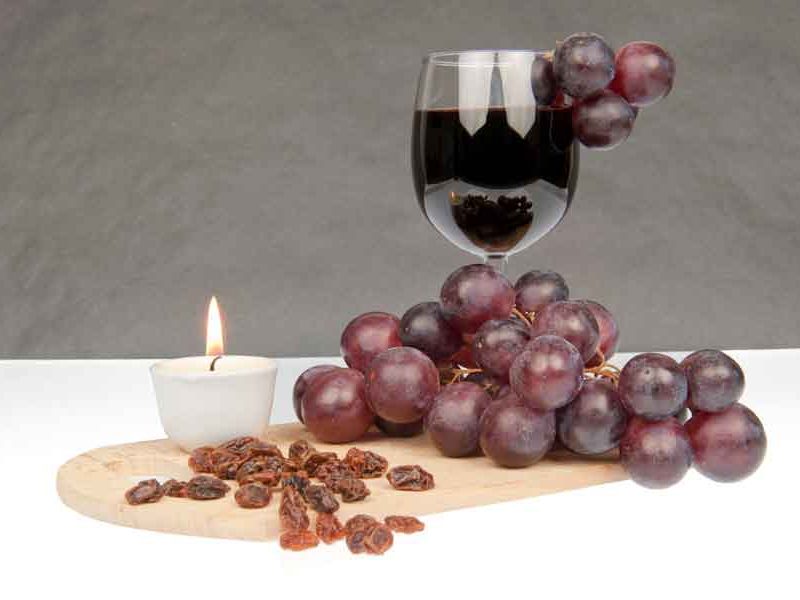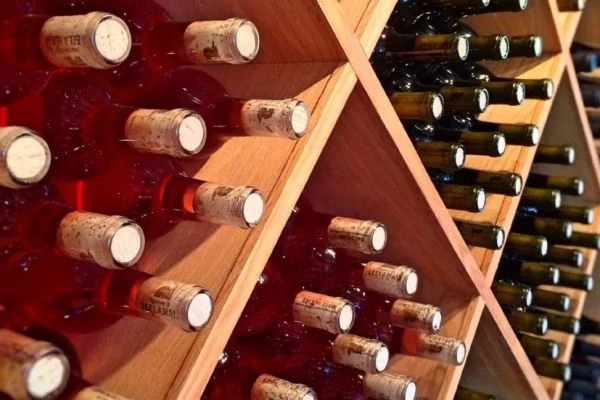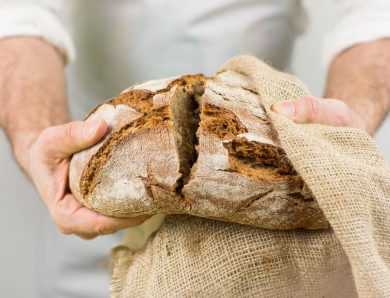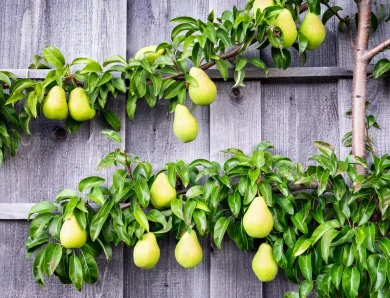
Wine and ceramics: the tradition of drinking wine from clay vessels
The relationship between wine and ceramics stretches back millennia, forming a deeply intertwined history that showcases the evolution of drinking cultures and the enduring appeal of clay vessels. This bond, rooted in ancient traditions, continues to fascinate and inspire wine enthusiasts and ceramicists alike. This blog post explores the rich tradition of drinking wine from clay vessels, delving into its historical origins, cultural significance, and the modern resurgence of this practice.
Historical origins
The birth of winemaking: the oldest known winery, discovered in armenia and dating back to 4100 bce, revealed fermentation vats, jars, and cups made from clay. This archaeological find underscores the integral role of ceramics in the birth of winemaking. The porous nature of clay vessels allowed for a unique interaction between the wine and its container, influencing the fermentation process and the final flavor profile.
Ancient greece and rome: in ancient greece, wine was central to social and religious life, often consumed from elaborately decorated ceramic cups known as kylixes during symposiums. The romans also embraced the use of clay vessels for wine, with amphorae being used for both storage and transport. These vessels were not only practical but also carried artistic and cultural significance, often bearing inscriptions and decorations that provide insights into the wine culture of the time.
Cultural significance
Symbolism and ritual: clay vessels have held symbolic meanings across various cultures, often associated with fertility, abundance, and transformation. In the context of wine, these vessels transcend their utilitarian function, becoming part of ritualistic practices and celebrations. For example, the georgian tradition of qvevri winemaking, which involves fermenting wine in large clay jars buried underground, is recognized by unesco as part of the intangible cultural heritage of humanity, highlighting its cultural significance.

Sensory experience: drinking wine from clay vessels offers a distinct sensory experience. The texture, temperature, and even the subtle flavors imparted by the clay can enhance the enjoyment of wine, creating a tactile and gustatory connection to the earth and the origins of winemaking.
Modern resurgence
Artisanal and natural wine movements: the modern resurgence of interest in drinking wine from clay vessels is partly driven by the artisanal and natural wine movements. Winemakers seeking to reconnect with traditional methods and minimize intervention in the winemaking process have revived the use of amphorae and other clay vessels for both fermentation and consumption. This trend is also reflected in the craft pottery scene, where artisans create bespoke wine cups, goblets, and decanters, marrying form and function in the service of enhancing the wine-drinking experience.
Sustainability: the use of clay vessels aligns with growing concerns about sustainability in the wine industry. Clay is a natural, abundant material that can be shaped and fired without the use of harmful chemicals, offering an eco-friendly alternative to glass and plastic. Additionally, the durability and reusable nature of ceramic wine vessels contribute to their appeal in a more environmentally conscious world.
Conclusion
The tradition of drinking wine from clay vessels is a testament to the enduring relationship between wine and ceramics, rooted in ancient practices yet continually evolving. This fusion of history, culture, and craftsmanship enriches the wine experience, offering a bridge to the past while embracing the values of sustainability and artisanal quality that resonate today. As we rediscover and reinterpret these traditions, the humble clay vessel stands as a symbol of the timeless connection between the earth, the vine, and the human hand.




